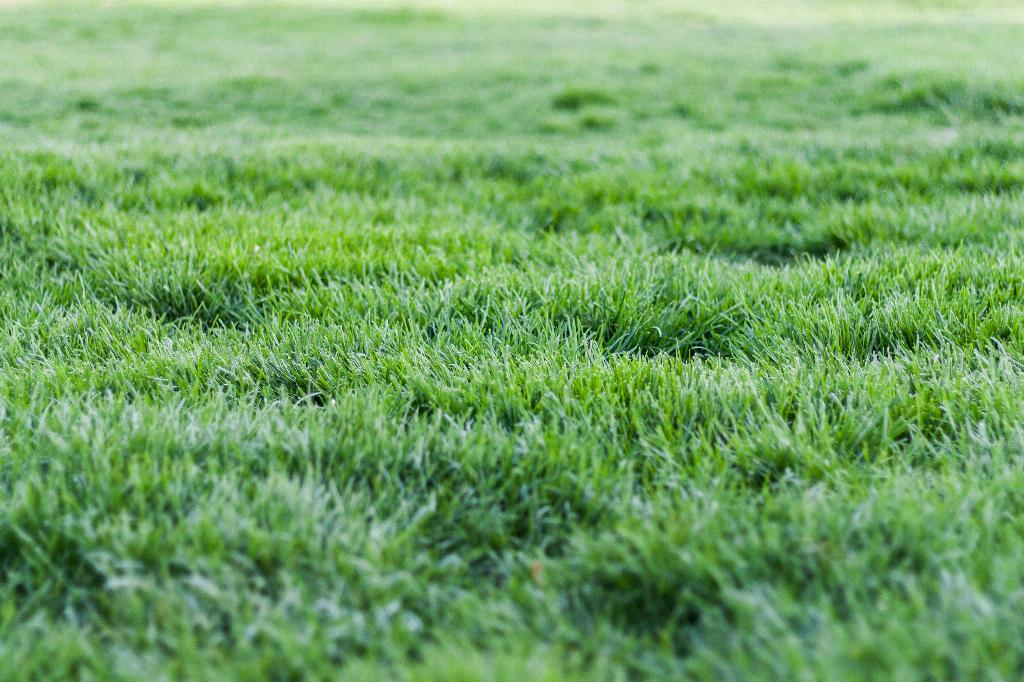When it comes to replacing a lawn, the first step is to clear the area of any existing grass, weeds, and debris that may hinder the growth of the new grass. Use a non-selective herbicide to kill off unwanted vegetation about two weeks before you plan to seed your lawn. This step ensures a clean slate for your new grass to thrive.
Prepping for Success
Preparing the soil is crucial for a successful lawn replacement. Take the time to aerate the soil, remove any rocks or roots, and level the ground to create a smooth surface for seeding. Adding organic matter such as compost can improve soil quality and provide essential nutrients for the new grass to establish strong roots.
Choosing the Right Grass Seed
Selecting the right grass seed for your lawn is key to achieving the desired look and function. Consider factors such as sunlight exposure, soil type, and climate when choosing a grass seed. Whether you opt for a cool-season or warm-season grass, ensure it is suitable for your region to ensure optimal growth.
Spreading the Grass Seed
Evenly spreading the grass seed is essential for uniform coverage and consistent growth. Use a seed spreader to ensure that the seeds are distributed evenly across the entire area. Pay close attention to the recommended seeding rate on the seed packaging to avoid over or under-seeding.
Feeding for Growth
After seeding, it is crucial to feed the new grass with a high-quality fertilizer to promote healthy growth and root development. Choose a fertilizer specifically formulated for new grass seedlings and follow the application instructions carefully. Regular feeding will help the grass establish a strong root system and lush green foliage.
Watering Daily
Proper watering is essential for the success of your new lawn. Water the seeded area lightly but frequently to keep the soil moist for optimal germination. Avoid over-watering, as it can lead to mold, fungus, or rot. Monitor the moisture levels regularly and adjust your watering schedule as needed to ensure the grass seedlings thrive.
Patience and Maintenance
Replacing a lawn requires patience and maintenance to achieve the desired results. Be patient as the grass seed germinates and establishes itself, and resist the urge to walk on the seeded area until the grass is well-established. Regular maintenance, including mowing, watering, and fertilizing, will help your new lawn thrive and become a lush, green carpet.
Protecting Your Investment
Protect your investment in a new lawn by taking steps to prevent damage from pets, pests, and foot traffic. Consider installing barriers or fencing to keep pets and wildlife away from the seeded area. Regularly inspect the lawn for signs of pests or disease and take corrective action promptly to maintain a healthy lawn.
Avoiding Common Pitfalls
Avoid common pitfalls when replacing a lawn by following best practices and staying attentive to the needs of your new grass. Over-seeding, under-watering, and neglecting proper maintenance can hinder the growth and health of your lawn. Stay informed and proactive to ensure the success of your lawn replacement project.
Enjoying the Fruits of Your Labor
Once your new lawn has established and flourished, take the time to enjoy the fruits of your labor. Host gatherings, picnics, or simply bask in the beauty of your green oasis. A well-maintained lawn not only enhances the curb appeal of your home but also provides a relaxing outdoor space for you and your loved ones to enjoy.
Seeking Professional Help
If you encounter challenges or obstacles during the lawn replacement process, do not hesitate to seek professional help. Landscaping experts, garden centers, or lawn care services can provide valuable advice, guidance, and support to ensure the success of your lawn replacement project. Don’t be afraid to ask for assistance when needed.
Continuing Care and Nurturing
Remember that lawn care is an ongoing process that requires continuous care and nurturing. Regular mowing, watering, feeding, and weed control are essential to maintain a healthy and vibrant lawn. Stay committed to the care of your lawn, and you will be rewarded with a lush, green landscape that enhances the beauty and value of your home.

